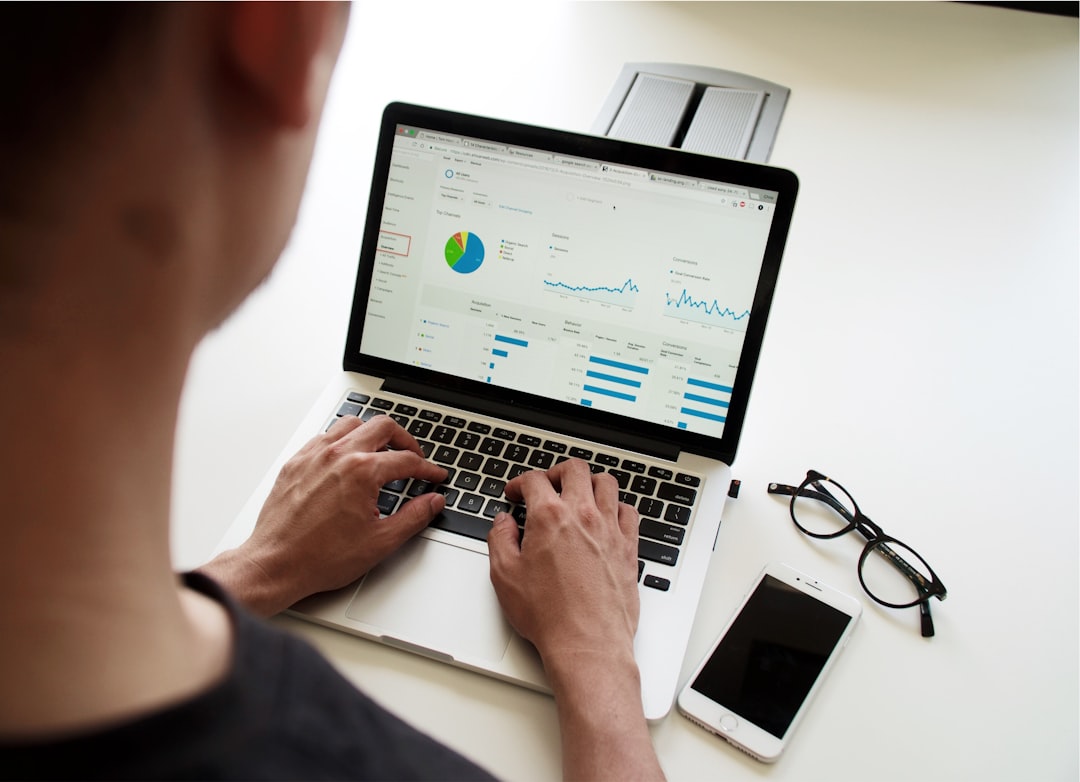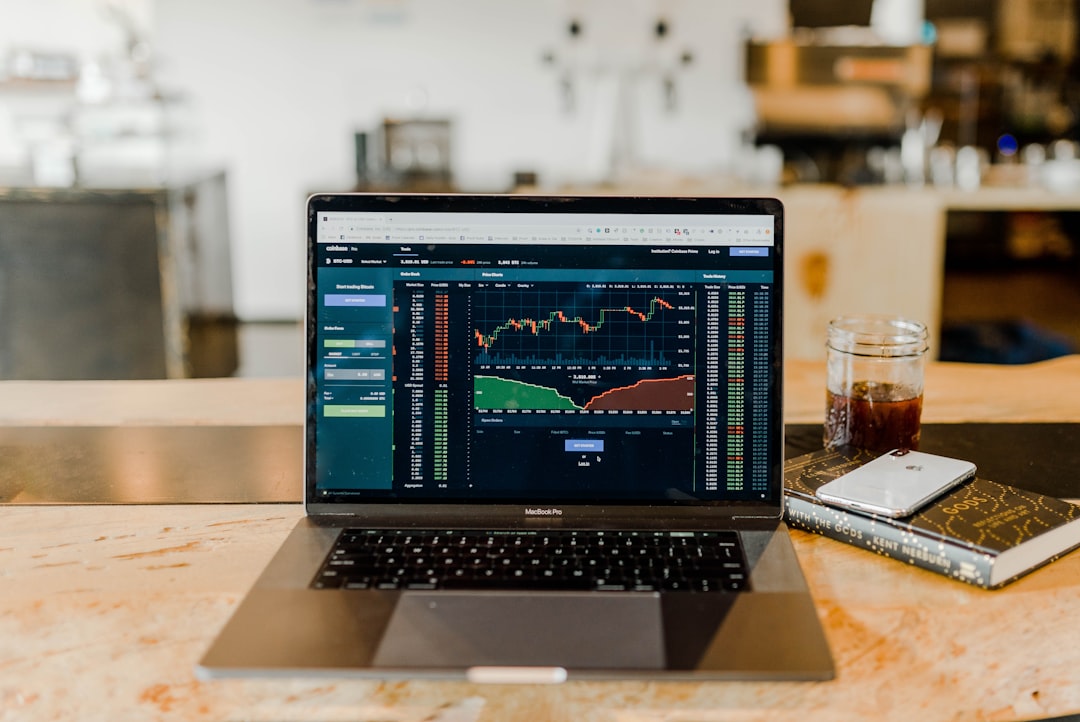
Understanding the Impact of Inflation on Global Markets.
# Introduction. Inflation is one of the most critical economic indicators affecting markets worldwide. It represents the rate at which the general level of prices for goods and services is rising and subsequently, erodes purchasing power. With inflation climbing in numerous economies post the pandemic, it has sparked concerns among consumers, investors, and policymakers alike. This blog post delves into the current state of inflation and its multifaceted impacts on global markets. # What Causes Inflation?. Inflation can be attributed to several key factors, including demand-pull inflation, cost-push inflation, and built-in inflation. - **Demand-Pull Inflation.** This occurs when the demand for goods and services exceeds supply, leading to an increase in prices. For example, if consumers suddenly begin spending more due to a surge in confidence or disposable income, the heightened demand can outstrip what the economy can supply, pushing prices upward. - **Cost-Push Inflation.** This type of inflation results from rising production costs, which can occur due to increased prices for raw materials or wages. Businesses facing higher costs may pass on these expenses to consumers in the form of higher prices, resulting in inflation. - **Built-In Inflation.** This occurs when businesses and workers expect inflation to rise, leading to higher wages and prices, which creates a feedback loop. # Recent Trends in Inflation Rates Globally. In recent months, various countries have experienced significant increases in inflation rates. For instance, the United States saw inflation rates soar to levels not witnessed in decades, primarily influenced by supply chain disruptions and unexpected spikes in consumer demand as economies reopened. In Europe, particularly in the Eurozone, rising energy costs have propelled inflation rates, affecting everything from household bills to transportation costs. Countries like Turkey and Brazil have also reported alarming inflation rates, prompting discussions about monetary policy adjustments. # Effects of Inflation on Currency Value and Exchange Rates. A critical aspect of inflation is its impact on currency value and exchange rates. Generally speaking, high inflation in a country can lead to a depreciation of its currency, making its exports cheaper but imports more expensive. For instance, when the US dollar weakens due to high inflation, it might benefit American exporters but could result in higher prices for imported goods. This can create a vicious cycle where rising costs further fuel inflation. Other countries need to adapt their monetary policies to stabilize their currencies, which may lead to interest rate hikes. # Investment Strategies in an Inflationary Environment. Inflation poses unique challenges for investors. Traditional assets like bonds may underperform as their real returns diminish. In contrast, equities can serve as a hedge against inflation, since companies can pass on rising costs to consumers. Moreover, tangible assets such as real estate and commodities often appreciate during inflationary periods. Investors might also look towards inflation-protected securities, like TIPS (Treasury Inflation-Protected Securities), which are designed to rise with inflation. Diversifying portfolios by including assets that traditionally hold their value is advisable during such tumultuous times. # Impact on Consumer Behavior and Spending Patterns. As inflation eats into disposable incomes, consumer behavior shifts. Households may prioritize essential goods over discretionary spending, leading to changes in market dynamics. This behavior places pressure on businesses that rely on consumer spending, particularly in sectors like retail and luxury goods. Furthermore, consumers often become more price-sensitive, prompting businesses to reassess their pricing strategies to remain competitive. # The Future Outlook. Looking ahead, the trajectory of inflation will hinge on several factors: governmental fiscal policies, central bank interest rates, ongoing supply chain recovery, and geopolitical events that may also impact commodity prices. As inflation remains a hot topic in global discussions, continued monitoring of all these elements is essential for forming realistic forecasts. # Conclusion. Inflation is currently reshaping the economic landscape across the globe. Its effects permeate various sectors, influencing currency values, investment strategies, consumer behavior, and overall market dynamics. Understanding the factors driving inflation and its broader implications is crucial for individuals and businesses. As we navigate these complex challenges, preparedness and informed decision-making will be vital to thrive in an inflationary environment. .









